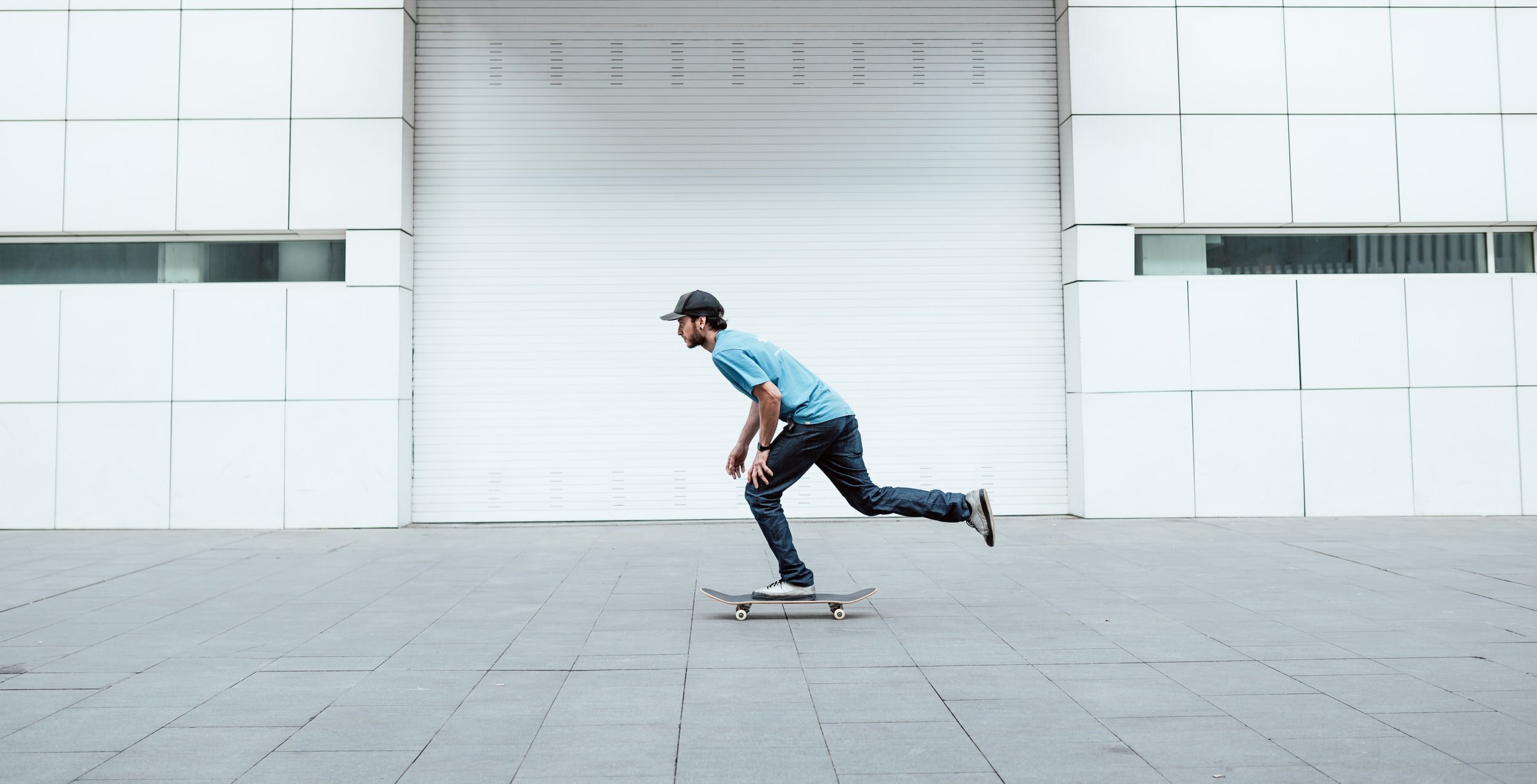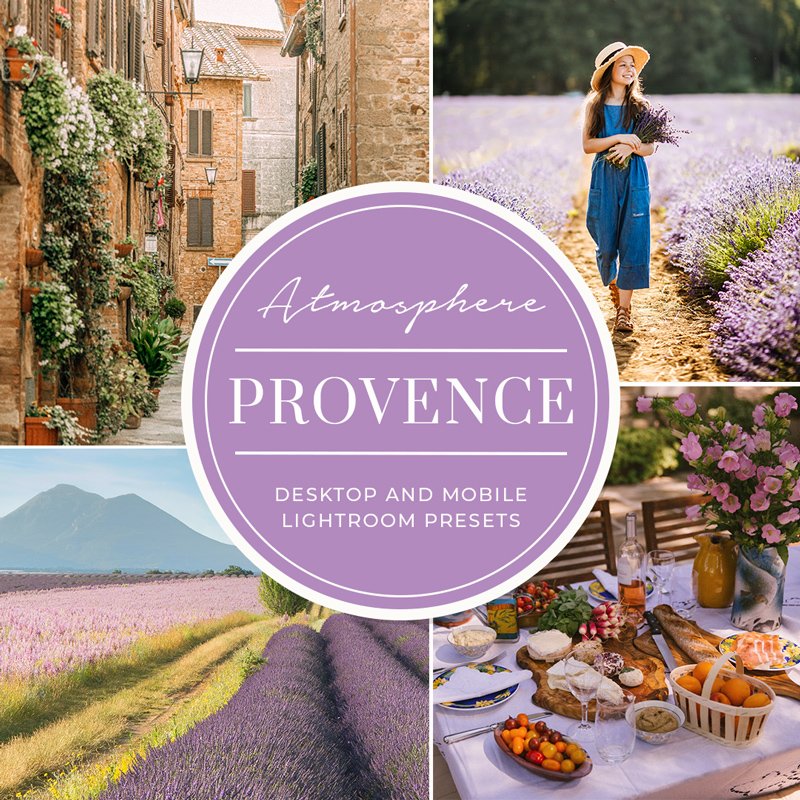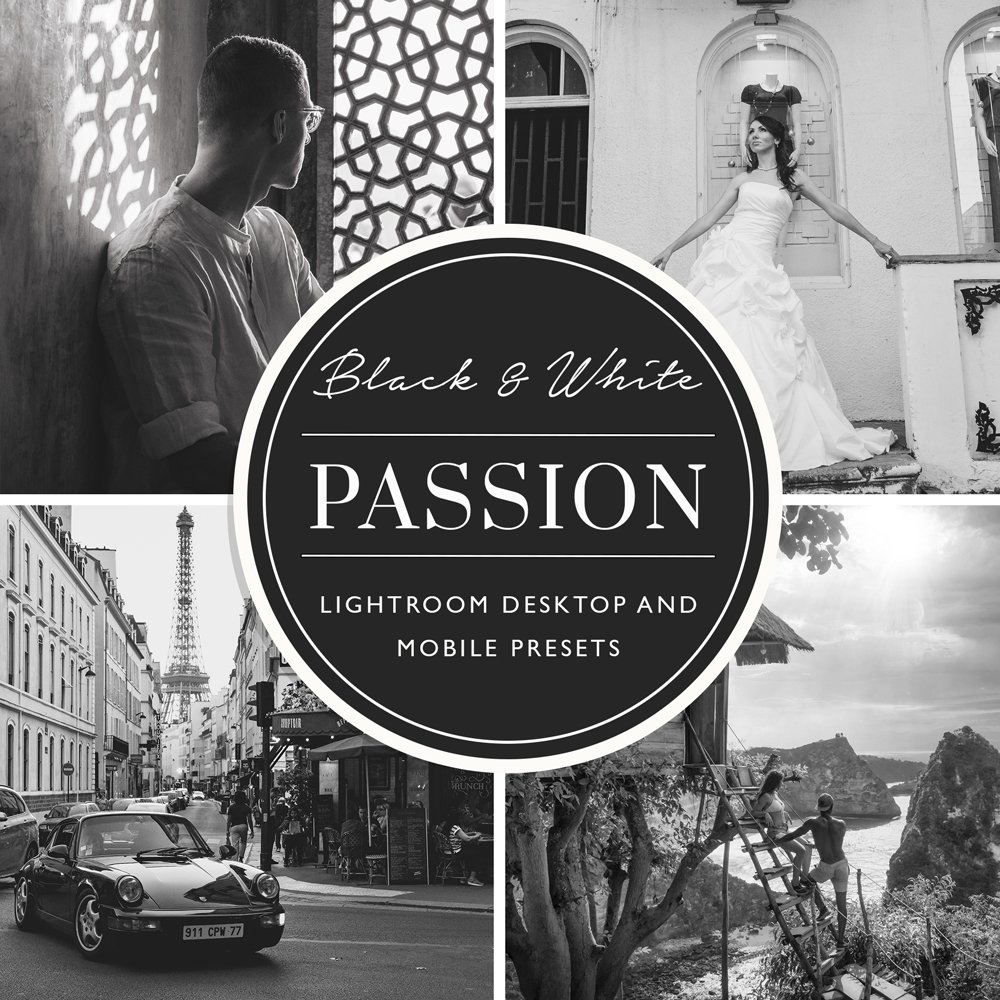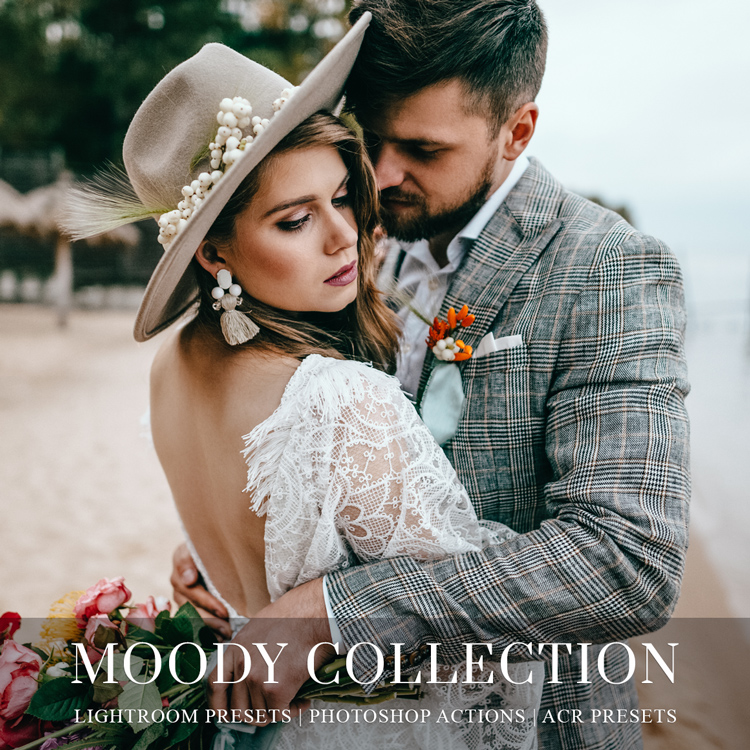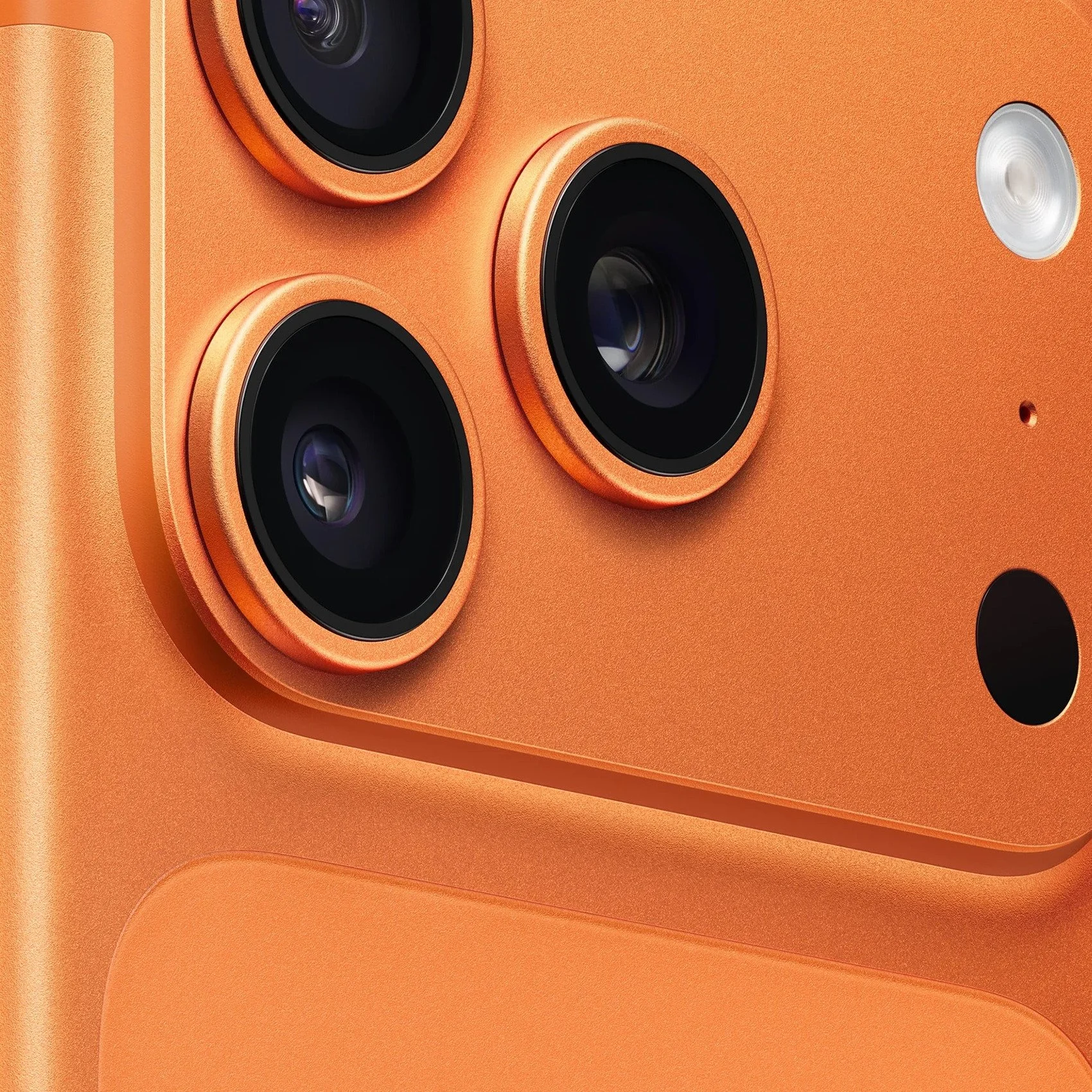What it takes to become a great street photographer - start with stealth!
The best street photographers are overlooked. Their presence is anonymous within their surroundings. Why? To capture the most authentic and candid images of people, that's why.
Street photographers are masters of being stealthy. Once someone notices you, they can become self-conscious. They might change their behavior, demeanor, or facial expression, even if it's ever so slightly. To capture genuinely candid street photography, a savvy photographer will try to go unnoticed.
But that's not all it takes to become a great street photographer. They also need to be very observant, nimble, and ready to shoot. Here are our tips on how you, too, can go quietly about your photography, hopefully unnoticed.
Use the right camera and gear
Walking around with bulky equipment and camera bags will get you noticed. You're more likely to be seen if you're looking like a professional photographer hauling around equipment.
Instead, try to be as discreet as possible with your gear if your aim is to get candid street shots.
Travel light and inconspicuously.
Carry a small camera, preferably a mirrorless one, that won't attract attention.
Don't carry a typical camera bag. Ideally, a street photographer's camera and equipment should be barely noticeable! (When we're shooting street scenes, we tuck our camera in a case or bag that allows us to pull it out quickly and easily.)
If possible, shoot on silent.
Have your gear and your camera's settings ready beforehand.
Pre-select the lens you want for the environment or scene, so you're not fiddling with a lens while trying to snap a fleeting moment.
Set your exposure settings beforehand so that all you have to do is raise your camera and shoot. This means you have to anticipate a shot and the correct exposure settings.
You can always make some post-production corrections later using Lightroom, so don't stress too much over the settings.
2. Blend into the crowd
Blend into the street scene as much as possible. Wear clothes that won't attract attention. If the area is crowded, all the better! It is easier to blend into a crowd. Walking around a sparsely populated street means you're more likely to get noticed.
3. Stay alert and ready
Some of the best pictures in history were taken due to a split-second decision by an eagle-eyed photographer. In other words, they saw something and, without hesitation, took the shot. (This also means they were ready to shoot.) This is a skill that can take time to develop, so don't give up in frustration.
The more you shoot street images, the better you anticipate moments. The better you will get at whipping out that camera to shoot. But to achieve those kinds of photos, a street photographer needs to be alert and ready at all times for that perfect moment, that can't-be-missed photo op. So stay alert and ready to shoot!
4. Don't be creepy
While street photographers aim to be stealthy and blend into the scene, they should not be creepy.
Don't make people uncomfortable just because you're trying to take a photograph.
Don't stare.
Don't come up behind someone, possibly frightening them.
When you shoot, it should appear like you're shooting next to some, not straight at them.
Once you do shoot, don't look right at them.
A savvy street photographer knows how to shoot so that the subject doesn't realize the photographer is there or is focused on them. (Remember, stealth mode!)
5. Be respectful
Always respect the local culture and be mindful of expectations and local customs. Never shoot someone's picture if they make it clear they don't want their picture taken. In many countries, like the United States, it's legal to take pictures as long as you are in public on public land.
However, in some countries, strict laws govern when, where, and what you can photograph. For example, it could be illegal to take photos of specific government structures, including military installations, even when they're only in the background.
Know the local privacy laws and customs before you find yourself in serious trouble. If you shoot a photo and someone becomes upset, smile and talk to them about why you took their picture and what you will do with it. Show them the image and offer to take another.
Some photographers will offer to send them a copy of the image. Rather than allowing your photography to separate you from the subject or locals, use it to bridge any differences. Who knows - you might make a new friend!
6. Be discreet when you shoot
Once you shoot a picture, you'll be tempted to check the image by immediately looking at your LCD screen. There are several reasons not to do this. The first reason is that by looking down at your camera's screen, you're not following what's happening around you. You risk losing a great photo opportunity.
The second reason is that by lowering your camera to look at your camera's screen, you might be demonstrating that you've just taken a picture. Once those around you are aware that you're there to take pictures, you also risk changing their mood, behavior, and, ultimately, the natural flow of the scene.
7. Take your time
Some novice street photographs make the mistake of hurrying to find that "perfect" image - or being anxious when they finally do. Being alert to a great photo opportunity is very different than being nervous or hurried.
You might not find good opportunities every time you're out scouting street photography. And sometimes, you will need to shoot dozens, if not hundreds, of images to land a great shot. Our advice is that you take your time scouting the scene.
Be ready and be alert.
Relax, whether you plant yourself in one spot or you roam about.
If you're anxious and tense, you might not be as nimble and prepared to shoot!
Sometimes, you'll want to focus on action that's caught your eye. Other times, you'll want to walk around looking for something of interest. Neither is right or wrong.
Lastly, remember to breathe. It relaxes your body and can physically and mentally prepare you for when something worthy does appear.
Conclusion
Street photography skills can take some time to perfect. It's a bit like sports photography: you have a general idea of what's going to happen. But it can be unpredictable, and you'll need to be ready for anything.
Street photography requires skills that don't necessarily come naturally to a photographer, even one experienced in other genres. However, learning to better anticipate action or behavior is something you can improve with time and experience - even if it's a skill that's never wholly mastered by most of us!
Human behavior is, after all, unpredictable. But that's what makes street photography so intriguing and exciting for many photographers. The perfect shot is a bit of serendipity and a bit of developed skill!



